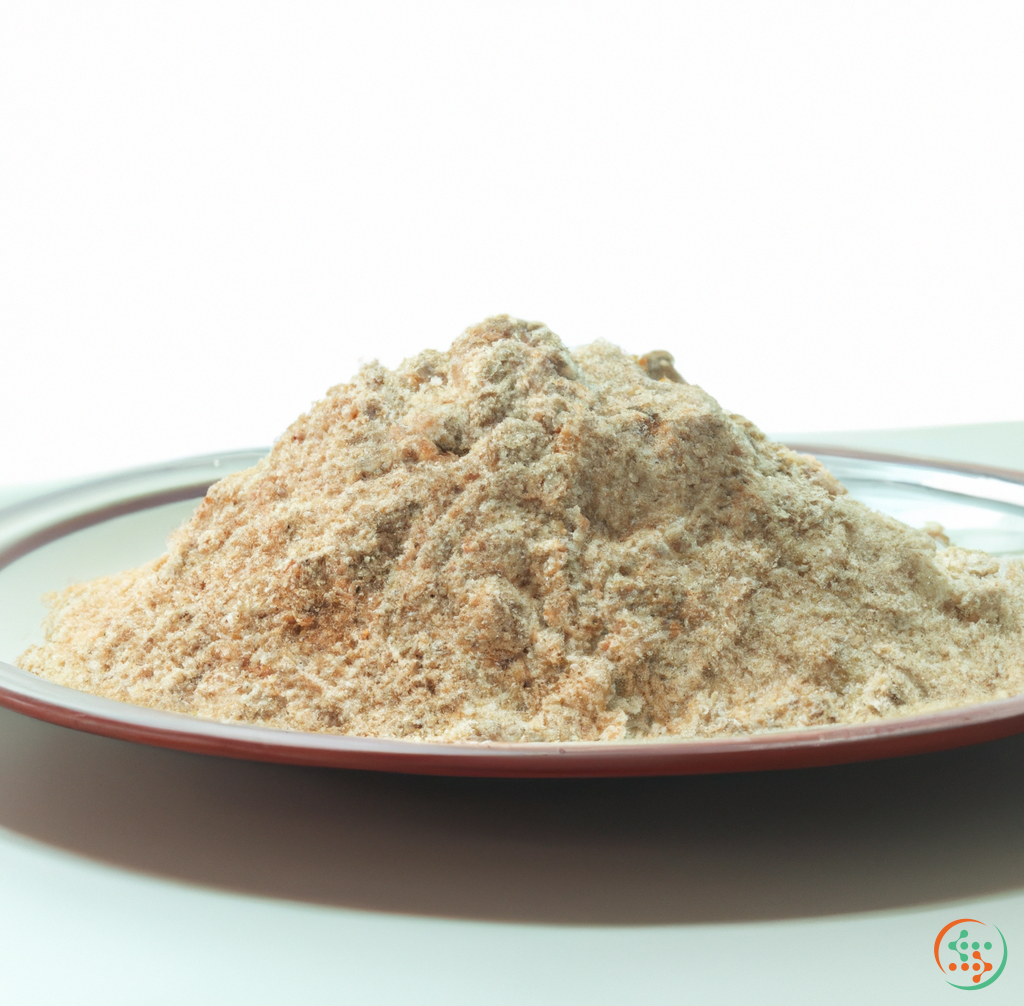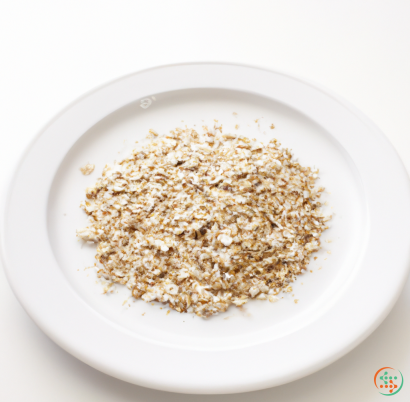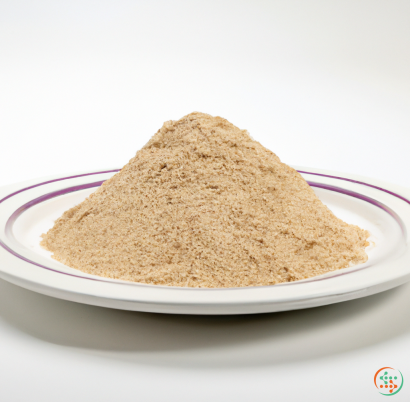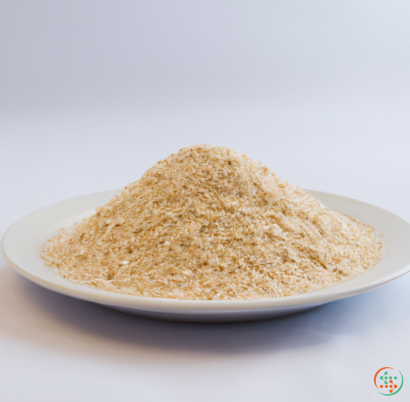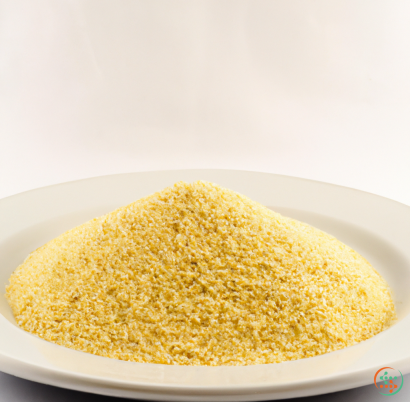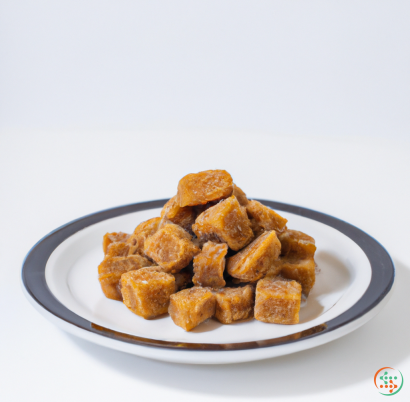Whole-wheat Flour
Whole-wheat flour is a versatile ingredient that provides a nutrient-dense, flavorful addition to many baked goods and other recipes. Though it may sound like a complicated cooking term, Whole-wheat flour is actually made with the same process as any other type of flour. In short, it’s just wheat grains that have been ground up into a powder. The difference lies in the fact that Whole-wheat flour is made from the whole grain, meaning nothing has been removed from the wheat such as the bran, germ, or endosperm. As such, it remains packed with a greater number of nutrients while offering a slightly more robust flavor profile.
Whole-Wheat flour is one of the most nutrient-dense varieties of flour on the market today. Unlike all-purpose flours, which have had much of their nutrient content processed out, Whole-Wheat flour goes through minimal processing and therefore retains its full nutrition profile. This includes both macronutrients and micronutrients such as chromium, selenium, potassium, manganese, iron, magnesium, zinc, and B vitamins. The presence of these elements makes Whole-Wheat flour a great choice for those looking to boost their dietary intakes of essential vitamins and minerals while enjoying the convenience of baking with a quality flour.
Whole-Wheat flour is higher in fiber than its all-purpose counterparts, which can help promote a healthy digestive system and leave you feeling fuller for longer. It's higher fiber content also helps your recipes rise better and helps the baked goods keep their shape when cooling. Whole-Wheat flour also contains more protein than other flours, keeping your baked goods from turning out too crumbly or falling apart after baking.
Whole-wheat flour has a slightly nuttier, sweeter taste than all-purpose flour, which can lend an interesting flavor to your baking. Whole-wheat flour is especially popular for bread-baking, as it gives the dough body, keeping it moist and soft after baking. It’s also commonly used to make muffins, quick breads, brownies, cookies, pies, cakes and other baked goods.
In terms of nutrition, Whole-wheat flour is the hands-down best choice. It is high in nutrients and dietary fibers, while still maintaining a versatile flavor. Plus, it adds a unique flavor to all varieties of baked goods, which can be a nice addition to an otherwise traditional recipe. It is important to note, however, that Whole-Wheat flour can have a denser consistency than all-purpose flour, so you may need more liquid or other ingredients to make the dough easier to work with.
Overall, Whole-Wheat flour is an excellent choice for almost any baking task, from simple breads to intricate cakes. It’s rich in nutrients and dietary fibers, and its slightly nutty, sweet taste can add great complexity to your baked goods. With all the advantages it offers, it’s no wonder why Whole-Wheat flour is becoming more and more popular in many kitchens.
Whole Wheat Flour From Earth to Our Dinner Plate
Whole wheat flour is a type of flour milled from whole grain wheat and is the most commonly used grain in the United States. This essential grain is the main ingredient in some of our favorite foods, like bread, pancakes, and pastas. But have you ever stopped to think about how whole wheat flour makes its way from the earth to our dinner plates? It’s quite an interesting process that starts with a grain of wheat and has to go through many stages before it’s ready for us to enjoy.
The Journey Begins: Planting and Growing Wheat
The journey starts long before the grain is actually harvested and sent off to a milling facility. Wheat is a plant that needs very specific conditions to grow successfully, such as sunshine, moderate temperatures, and fertile soil. Wheat typically grows in two distinct regions in the United States: the Midwest and the Great Plains. In the United States, wheat is mostly harvested in the summer months, and requires special harvesting equipment. To ensure a successful wheat yield, farmers may have to prepare the soil ahead of time. This includes plowing, fertilizing, and planting the crop. Sometimes, farmers will use special irrigation systems to make sure their wheat is getting the proper amount of water. The growing season lasts anywhere from 125-145 days, depending on the variety of wheat being grown.
Harvesting the Wheat
When the wheat is ripe and ready to be harvested, farmers use special combines to do the job. These combines have numerous spinning blades that cut off the wheat heads and separate the grain from the straw, called threshing.
Once all the wheat is harvested, the grain is spread onto large sheets of cloth and left to dry for a few days before being taken by truck to the closest grain elevator. At the grain elevator, the wheat is placed in large holding bins then sent off for further processing.
Milling Whole Wheat Flour
At the mill, the wheat is sorted, cleaned, and stored in bins. The grain is usually inspected for any foreign objects before it’s ground down into flour. In most mills, the grain is placed between two large rotating stones where is it is crushed and ground down into a powder-like substance. This produces a coarse and gritty flour, which can be further refined by sifting, bolting, or both.
Most commercial whole wheat flour is milled using a roller mill, which uses multiple sets of rollers that crush the grain into different grades of flour. As the wheat passes through the rollers, most bran and germ particles are separated from the starch and protein, producing a finer and lighter wheat flour.
The Finished Product
Once all this is done, the wheat flour is sent off to packing plants where is it stored in bulk bags and labeled with the ingredients and nutrition facts. From there, the product is sent to supermarkets and food stores, where they are stocked and ready to be purchased.
The Whole Wheat Difference
Whole wheat flour is a much healthier option than all-purpose white flour, since it contains the entire grain, including all of its nutritional benefits. It’s high in protein, fiber, and fatty acids, and contains more vitamins, minerals, and antioxidants than white flour.
Whole wheat flour vs. white flour is an ongoing debate. White flour is made up of only the endosperm of the wheat, which is the innermost layer, and is considered to be a ‘refined’ grain. This means that it is not as nutrient rich and has a higher GI level (glycemic index). A higher GI means that it can cause blood sugar levels to spike suddenly and cause energy crashes. On the other hand, whole wheat flour is made up of all three parts of the grain which gives it more nutrition and a lower GI, helping to stabilize blood sugar levels in the body.
Conclusion
From the very beginning, when the wheat seeds are planted in the soil, to the last step of packaging the wheat flour, it is a long and fascinating journey that requires many steps and processes. Whole wheat flour is an essential grain in many of our favorite dishes, so it is important to understand and appreciate the process of how it reaches our dinner plates.
| Beta-Carotene | 0.005 mg | |
| Vitamin E | 0.71 mg | |
| Vitamin K | 0.0019 mg | |
| Vitamin B1 | 0.5 mg | |
| Vitamin B2 | 0.17 mg | |
| Vitamin B3 | 0.00496 grams | |
| Vitamin B4 | 0.0312 grams | |
| Vitamin B5 | 0.6 mg | |
| Vitamin B6 | 0.41 mg | |
| Vitamin B9 | 0.044 mg |
| Calcium | 0.034 grams |
Daily Value 1.3 g
|
| Iron | 0.0036 grams |
Daily Value 0.018 g
|
| Magnesium | 0.137 grams |
Daily Value 0.4 g
|
| Phosphorus | 0.357 grams |
Daily Value 1.25 g
|
| Potassium | 0.363 grams |
Daily Value 4.7 g
|
| Sodium | 0.002 grams |
Daily Value 2.3 g
|
| Zinc | 0.0026 grams |
Daily Value 0.011 g
|
| Copper | 0.41 mg |
Daily Value 0.9 mg
|
| Manganese | 0.00407 grams |
Daily Value 0.0023 g
|
| Selenium | 0.0618 mg |
Daily Value 0.055 mg
|
| Tryptophan | 0.174 grams | |
| Threonine | 0.367 grams | |
| Isoleucine | 0.443 grams | |
| Leucine | 0.898 grams | |
| Lysine | 0.359 grams | |
| Methionine | 0.228 grams | |
| Cystine | 0.275 grams | |
| Phenylalanine | 0.682 grams | |
| Tyrosine | 0.275 grams | |
| Valine | 0.564 grams | |
| Arginine | 0.648 grams | |
| Histidine | 0.357 grams | |
| Alanine | 0.489 grams | |
| Aspartic Acid | 0.722 grams | |
| Glutamic Acid | 4.328 grams | |
| Glycine | 0.569 grams | |
| Proline | 2.075 grams | |
| Serine | 0.62 grams |
| Fructose | 0.05 grams |
|
| Sucrose | 0.36 grams |
|
| Total Sugars | 0.4 grams |
per 100g
|
| Palmitic acid (16:0) | 0.41 grams |
|
| Stearic acid (18:0) | 0.02 grams |
|
| Total Saturated fatty acids: | 0.43 g | |
| Oleic acid (18:1) | 0.27 grams |
|
| Gadoleic acid (20:1) | 0.01 grams |
|
| Total Monounsaturated fatty acids: | 0.28 g | |
| Linolenic acid (18:3) | 0.07 grams |
|
| Linoleic acid (18:2) | 1.09 grams |
|
| Total Polyunsaturated fatty acids: | 1.16 g | |
